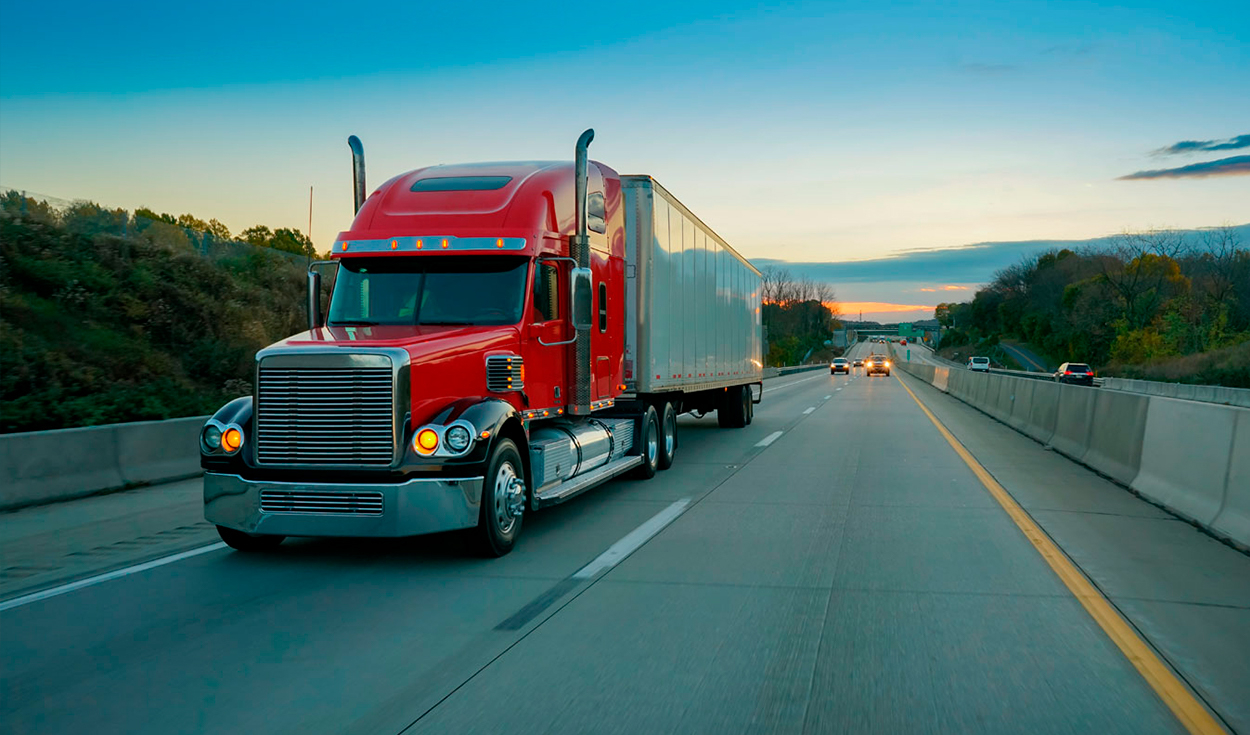
In the context of a growing concern for sustainability and the reduction of polluting emissions, Liquefied Natural Gas (LNG) emerges as a promising alternative to Diesel for long-distance transportation. This sector has been transforming towards gas and has gained many consumers who bet on this technological evolution, the same one that brings economic and environmental benefits.
What is LNG?
Liquefied Natural Gas (LNG) is a fossil energy source produced from natural gas that, when cooled below 161 degrees Celsius, becomes a liquid state and thus manages to reduce its volume by 600 timeswhich allows a significant amount of energy to be stored in a small volume.
For this reason it is convenient for the transport of people and goods over long distances; For example, a bus or cargo truck can get from Lima to Tumbes without having to refuel on the way.
“In Latin America, Chile is a country that does not have its own natural gas and has to import it; however, it already has implemented a long-distance transport called Corredor Azul, that is, traveling from South to North and vice versa using LNG in their territory. That is why it is important to advance in Peru the implementation of our own Blue Corridor, taking advantage of the fact that LNG is produced in Melchorita and in the recently inaugurated mini-plant installed by Lima Gas Natural in Piura”, says Gustavo Navarro Valdivia, Managing Partner of GAS ENERGY. LATIN AMERICA.
What are the advantages of using LNG?
Stock up and produce LNG it provides benefits both for the environment and for operational efficiency that our country should take advantage of in order to reduce its logistics costs in different economic activities. In the same way, it improves competitiveness in sectors such as industry, mining, agriculture, construction, merchandise distribution, passenger transport, among others.
Among the main advantages of LNG Compared to diesel in long-distance transport are:
- You can not steal or adulterate: A permanent problem for transport companies is that frequently, during the journey, part of the liquid fuel from the truck or bus is stolen or replaced by adulterated fuel, with the problems and risks of accidents and claims involved.
- Reduction of polluting emissions: LNG combustion is a cleaner source of energy, it only generates CO₂ and water, while Diesel combustion generates polluting gases, as well as small particulate matter less than 10 micrometers in diameter that can reach the depth of the lungs and cause bronchial diseases.
- lower cost: LNG is more economical due to price stability and savings in operating costs (approximately 30% savings in fuel). Currently, Calidda and the Camisea Consortium are offering a bonus campaign between US$10,000 and US$15,000 for each new vehicle that is incorporated with LNG, for a minimum period of five years. This can apply to city trucks, heavy trucks, tractors, cement mixers, passenger buses, etc.
“LNG is the best option for Peru to face the energy transition in the most efficient way possible: a comfortable fuel, abundant in Peru, with the least amount of polluting emissions and also generates resources for the State,” he said, Navarro Valdivia. In this sense, this year the 12th edition of Gas Natural Perú 2023, an event that will allow finding spaces for dialogue and exposition of ideas on the massification of natural gas.
Source: Larepublica
Alia is a professional author and journalist, working at 247 news agency. She writes on various topics from economy news to general interest pieces, providing readers with relevant and informative content. With years of experience, she brings a unique perspective and in-depth analysis to her work.












